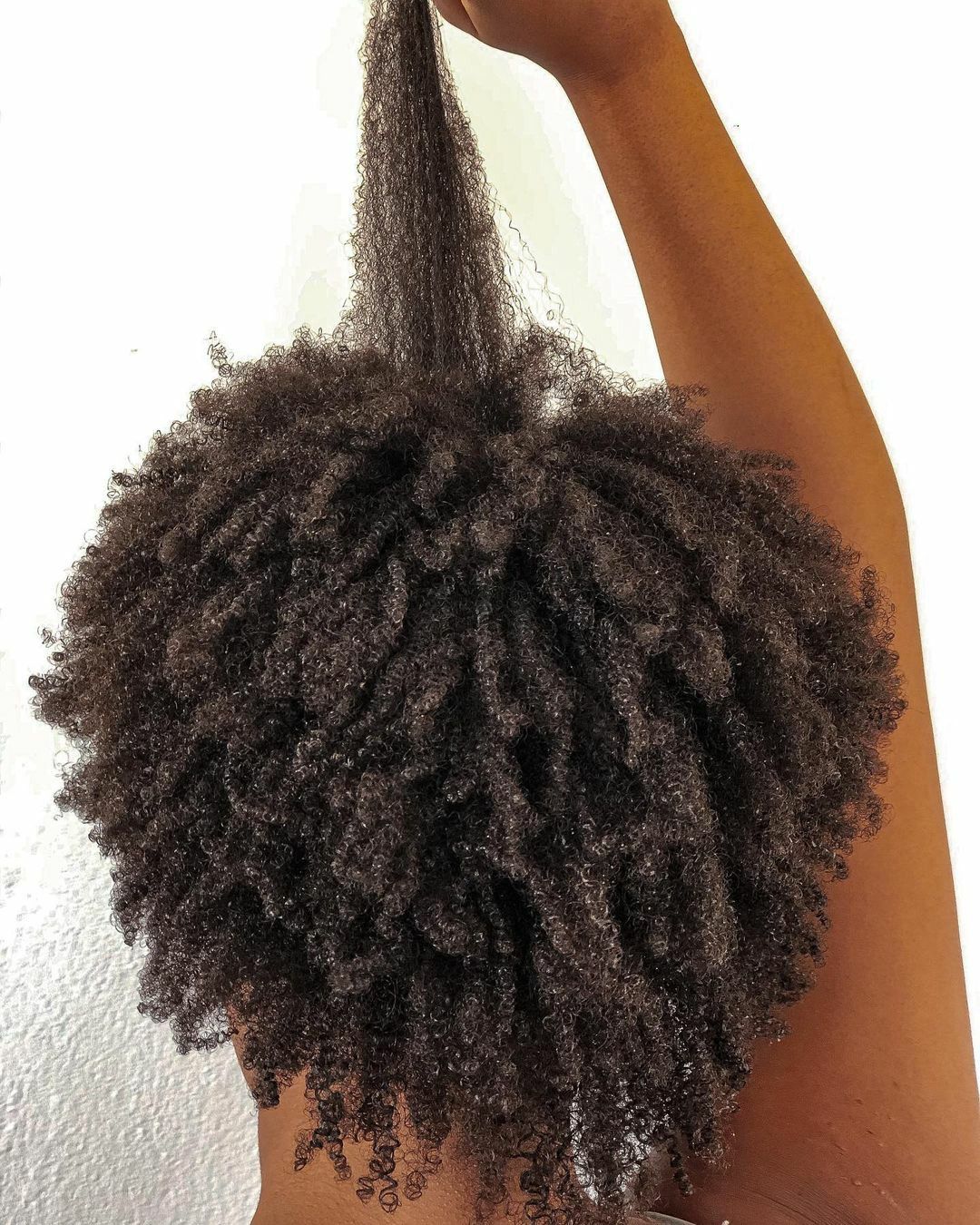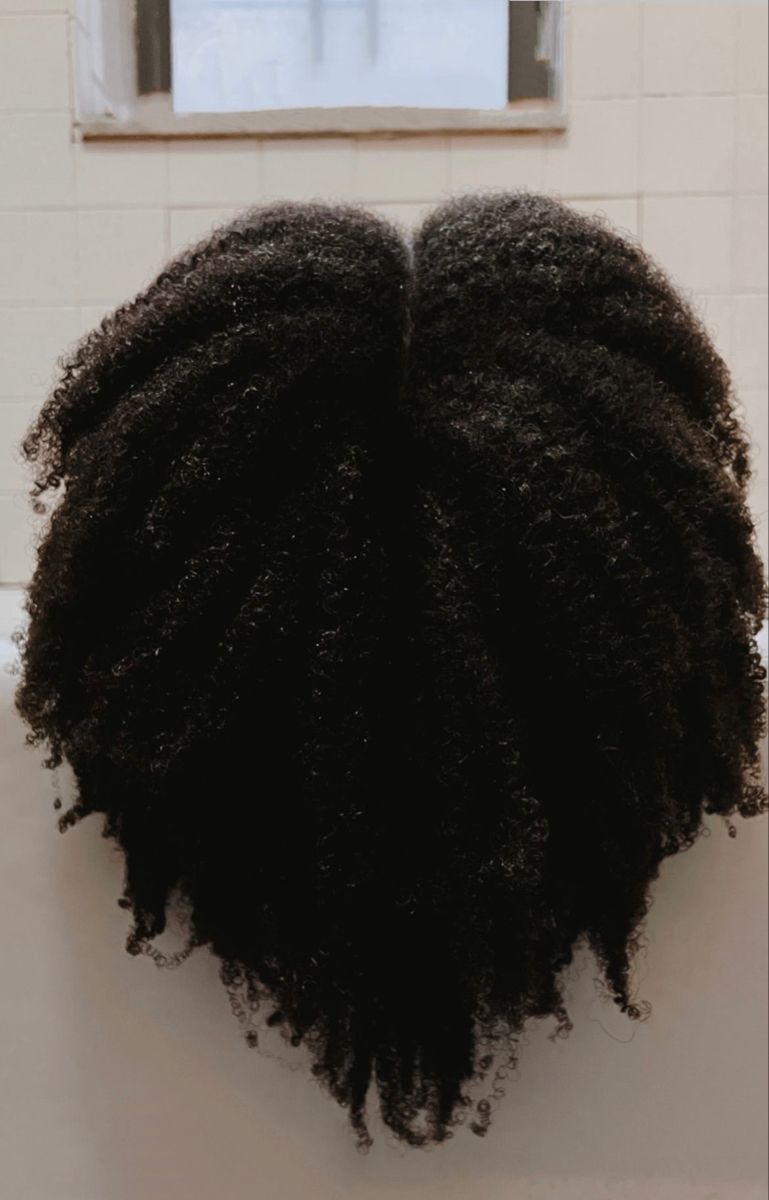LCO or LOC: Which method is best for Natural Hair

Our heating tools, applications of our chemical treatments, diet, and environmental factors make it an uphill battle to maintain the natural moisture in our hair. As moisture is most of our number one priority, learning how to introduce and retain it suitably takes a lot of trial and error, especially for those within the natural hair community.
Effectively adding moisture to your hair will depend on your hair porosity, so we want to discuss two hydrating methods - the LOC method and the LCO method, which you will find suitable depending on your hair's porosity. Below we'll discuss how to incorporate either of these methods into your hair regimen, share which way best aligns with porosity, and even share our product recommendations. Here's all you should know about the LOC and LCO moisturizing methods.
LCO or LOC: Similar yet Different
The only difference between the two methods - LCO or LOC- is the order of your creams and oils. LCO, an acronym for Liquid or Leave-In, Cream, and Oils, suggests that your cream product is used before your oil product. This method differs from the LOC method, which indicates you introduce oil to your stands before cream. Depending on which method you choose, the concept is that using products in the suggested order of either method will help to keep your hair moisturized and healthy.
LCO Method: What is it?
The liquid, cream, oil method - LCO is said to be the method that will provide moisture and last for days. If you abide by hair types, this is said to be the best method for naturals with Type 3 hair, but we'd also need to account for your hair porosity, as this is the accurate indicator of how moisture enters your hair strands. The LCO focuses on introducing hydration and moisture to hair strands and then sealing them with an oil lastly.
LCO Method: Low to Medium Porosity
Porosity is your hair's ability to retain and absorb moisture and product. Low porosity hair has a more challenging time allowing moisture in but can retain moisture for more extended periods. Because Low Porosity hair has a more difficult time allowing product and water to penetrate strands, this will be your target goal. The first two steps of the LCO method address this, and the oil is applied afterward as a sealant. With low porosity hair, the LCO method is recommended for this reason.
LCO Method: How to do it?
-
Water/Leave-In
As the acronym suggests, you will start by introducing a liquid, water, into your hair. It is recommended you start with freshly washed hair to achieve optimal results. As an alternative, you can also use mist. Water is going to hydrate and moisturize your strands.
-
Cream
To follow this step, you will then introduce your cream. The cream will aid in holding the moisture introduced to your hair by water and aids in styling.
-
Oil
Lastly, introduce oil to seal in the moisture. Oil also will create a barrier protecting your hair from daily factors. Dependent on hair density, you can use a light or heavy oil. Many opt to apply a gel at this stage to define curls further and maintain frizz. We recommend using a botanical gel to condition hair further and prevent strands from drying.
LOC Method: What is it?
The liquid, oil, and cream method - LOC is said to be the method that will provide the most moisture and last for days. For this reason, most recommend this method for Type 4 hair. The LOC method emphasizes retaining hair moisture for more extended periods.
LOC Method: Medium to High Porosity
High porosity hair has a more challenging time retaining moisture. You will incorporate the LOC method if moisture retention is your target goal. The last step of the LOC method addresses this, as the cream is applied last. There are a few reasons for this that you must understand. Oils like Coconut, Olive, and Jojoba have moisturizing properties that can penetrate the hair shaft. Therefore, these oils and oils alike can hold onto water molecules, thus providing more moisture. The cream is then applied to seal and lock in that moisture.
LOC Method: How to do it?
-
Water/Leave-In
Introduce water or leave it in the hair to achieve optimal results. Ensure not to overhydrate the hair.
-
Oil
To follow this step, you will then introduce your oil. Use an oil such as Olive Oil or Coconut Oil to penetrate the hair shaft. As addressed above, this will help to enhance moisture, as the oil is able to hold onto water molecules.
-
Cream
The cream will add additional moisture and seal the moisture introduced by the water and oil.
LCO or LOC: In more straightforward terms
Don't allow the acronyms and jargon to intimidate you when considering which method to incorporate. What it boils down to is how your hair obtains and retains moisture. Do you have difficulty getting water into your hair, or is it harder to retain moisture? How you respond to that question will determine which method is best for you. As stated in this article's introduction, it's a trial and error-process. If one way doesn't work, try the other, and vice versa.





Comments